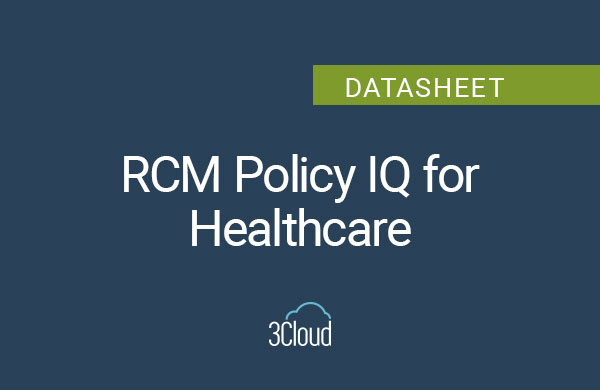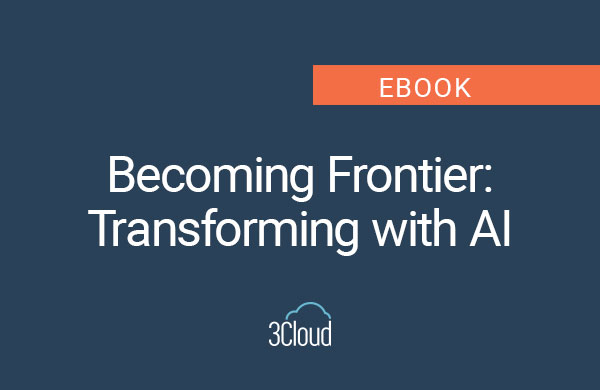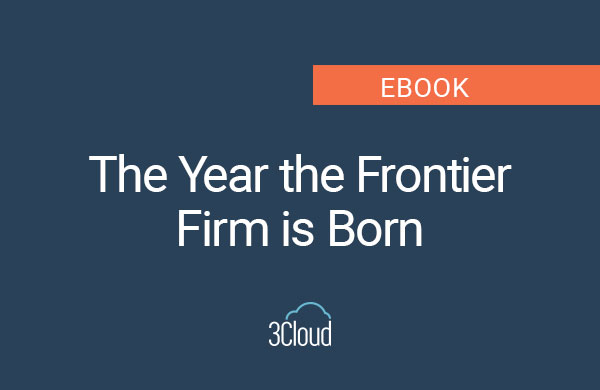Authored by CJ Knapp, 3Cloud Senior Director, HLS Enterprise Solutions
– – – – –
How Databricks Is Evolving from Rock-Solid Core to Strategic Platform
The 2025 Databricks Data & AI Summit in San Francisco. signified a seismic shift in how the platform positions itself to customers. Databricks is no longer just the engine behind your data pipelines, it’s becoming the control tower for your enterprise AI strategy.
For years, Databricks has been the go-to platform for organizations looking to unify their data and AI workloads. Its foundation – built on Spark, Delta Lake and Lakehouse architecture – has delivered unmatched scalability, performance and governance. But at this year’s Databricks Data & AI Summit, one thing became clear: the company is no longer just refining its core. It’s expanding its frontier.
Why This Matters for Healthcare Leaders
Healthcare organizations today are under immense pressure. Staffing shortages, aging infrastructure and rising compliance demands are just part of the equation. Many are also grappling with how to bring together scattered clinical, operational and research data in a way that actually supports decision-making.
That’s where Databricks is gaining traction. Not just for its technical strength, but because it provides a secure, governed and scalable analytics environment that helps healthcare organizations connect the dots across their data landscape. Whether it’s powering clinical data pipelines or enabling population health dashboards, Databricks is becoming a strategic pillar in the healthcare data stack and foundational part of how healthcare systems operate and evolve.
.
A Rock-Solid Core, Now Fully Realized
Databricks has spent the last several years hardening its core capabilities:
- Delta Lake for ACID-compliant data lakes
- Unity Catalog for unified governance
- Photon Engine for high-performance compute
- Databricks SQL for scalable BI workloads
These aren’t just features, they’re core components of a modern data estate. They’ve helped healthcare organizations move away from fragmented, patchwork architectures and toward a architectures into a unified, governed platform that supports both operational and analytical workloads. And in healthcare, where trust and traceability are non-negotiable, that foundation isn’t just helpful, it’s critical.
What’s New & Why It Matters
What stood out at the Summit was how Databricks is now building on top of that foundation to create a more complete, accessible and intelligent platform. Here are a few highlights that signal this shift:
Lakebase: A managed Postgres database with decoupled compute and storage, It’s built for CI/CD (continuous integration and delivery), which is a game-changer for regulated industries like healthcare
Databricks Apps: A low-code framework for building secure, internal apps directly on your. Think operational dashboards, care coordination tools or research portal – without leaving the platform.
Power Platform Connector: Announced alongside Databricks Apps, this emphasizes the importance of connecting apps to your data, even if it’s not through Databricks directly.
Databricks One: A unified AI entry point for non-engineers, making it easier for business users to interact with data and models.
Lakeflow Designer: A visual, low/no-code ETL tool that now includes Delta Live Tables (DLT), making pipeline development more intuitive.
Agent Bricks: Pre-built AI agents that automate tasks like summarizing patient records or flagging anomalies in claims data.
These aren’t just product updates – they’re strategic moves that position Databricks as a full-spectrum data intelligence platform.
Built for Azure, Ready for Enterprise Scale
For organizations building on Azure, Databrick’s evolution is especially meaningful. Databricks now integrates deeply with Microsoft Fabric, Power BI and Azure-native services like Entra ID, Key Vault and Defender for Cloud, making it easier to embed into enterprise-scale architectures without compromising compliance, security or operational efficiency.
The platform now supports:
- Live semantic models in Power BI via Unity Catalog
- Natural language insights through Databricks AI/BI Genie
- Secure data sharing with Delta Sharing
- CI/CD pipelines through Azure DevOps and GitHub
This level of integration positions Databricks as more than a data platform, but as a strategic enabler for enterprise transformation.
The Takeaway
Databricks has always been a powerful engine for data and AI. But now, it’s becoming the dashboard, the steering wheel and the GPS, too. This shifts the conversation to the possibilities for delivering value – not just through infrastructure, but through enablement.
If you’re leading data strategy in 2025, especially in a complex, regulated industry like healthcare, it’s worth asking: is your current stack helping you move faster, stay compliant and unlock value across the organization? If not, it might be time to take a closer look at what Databricks has become and how it can empower your entire organization.





